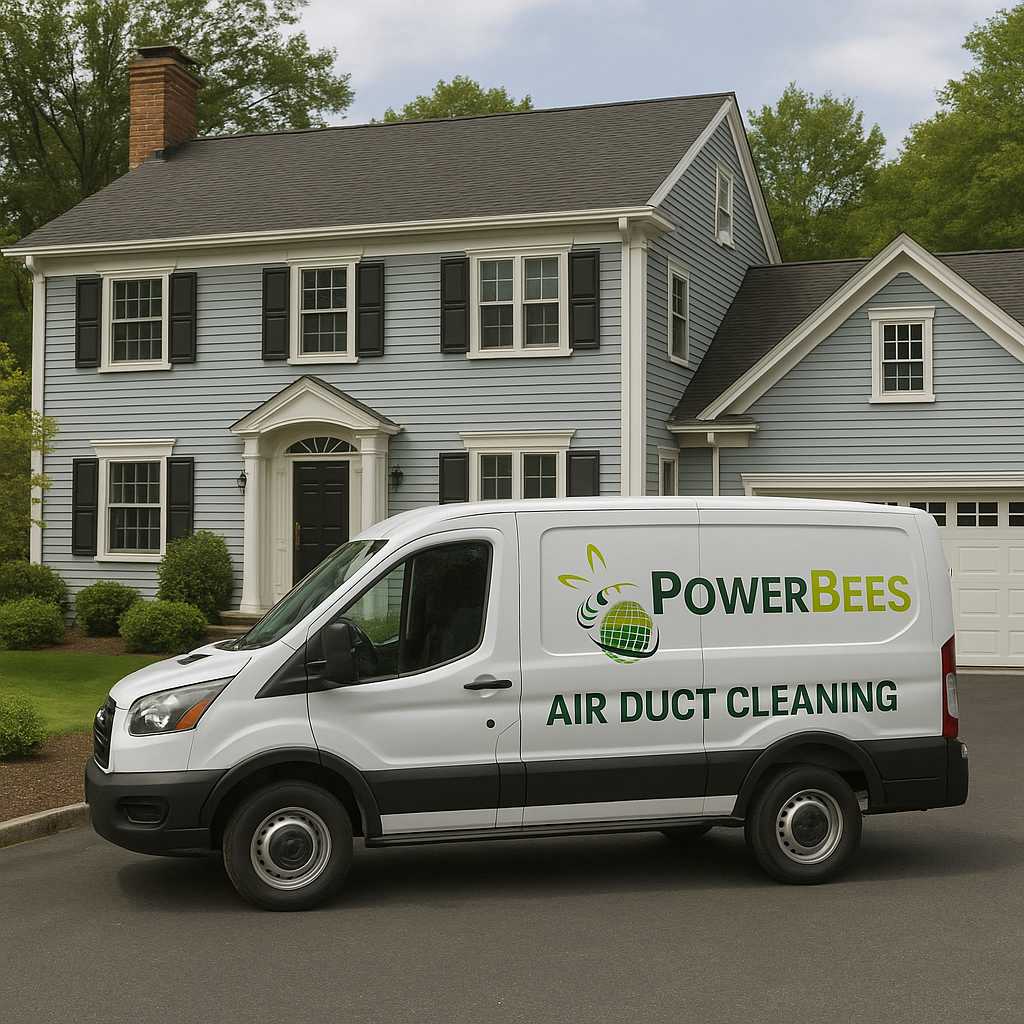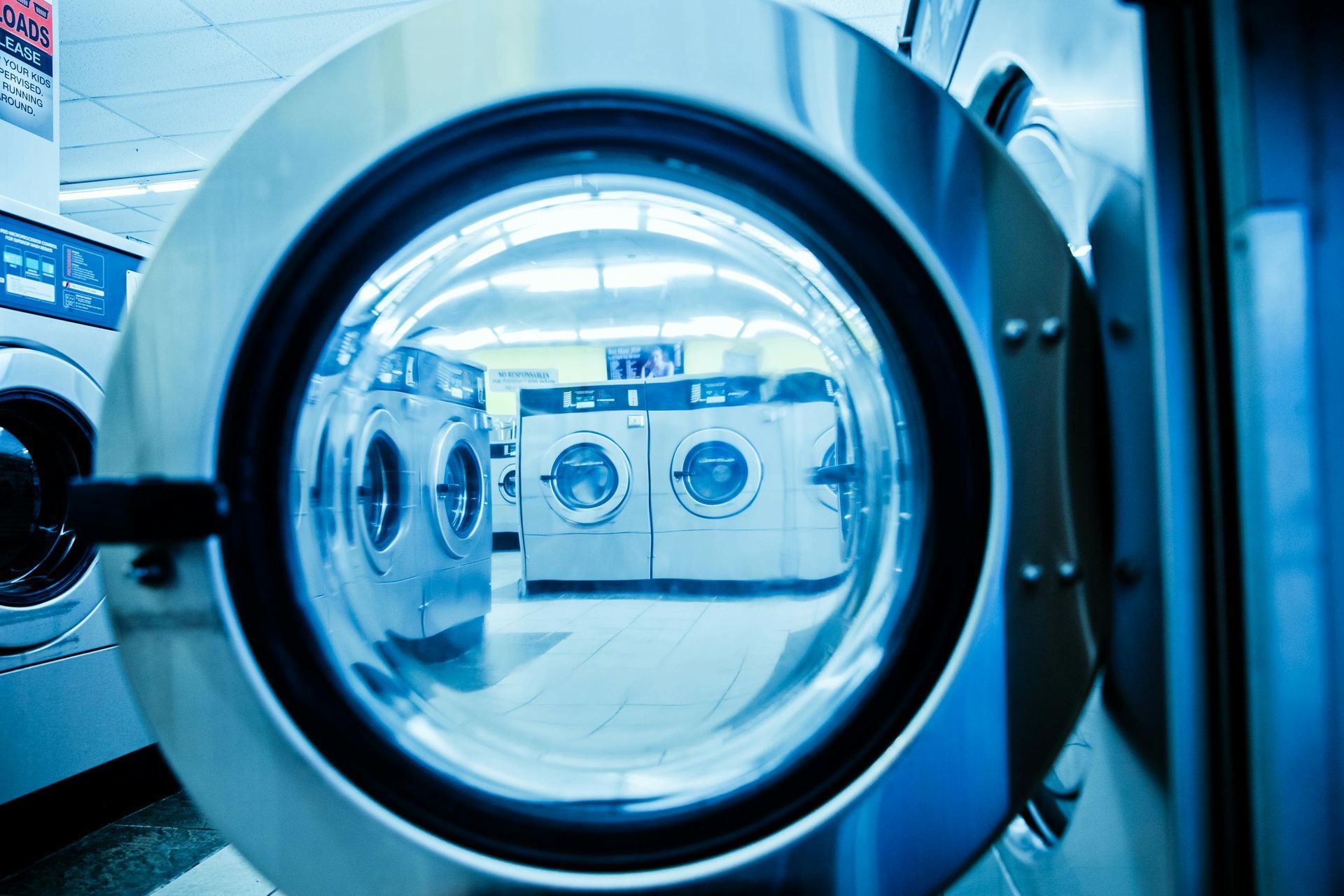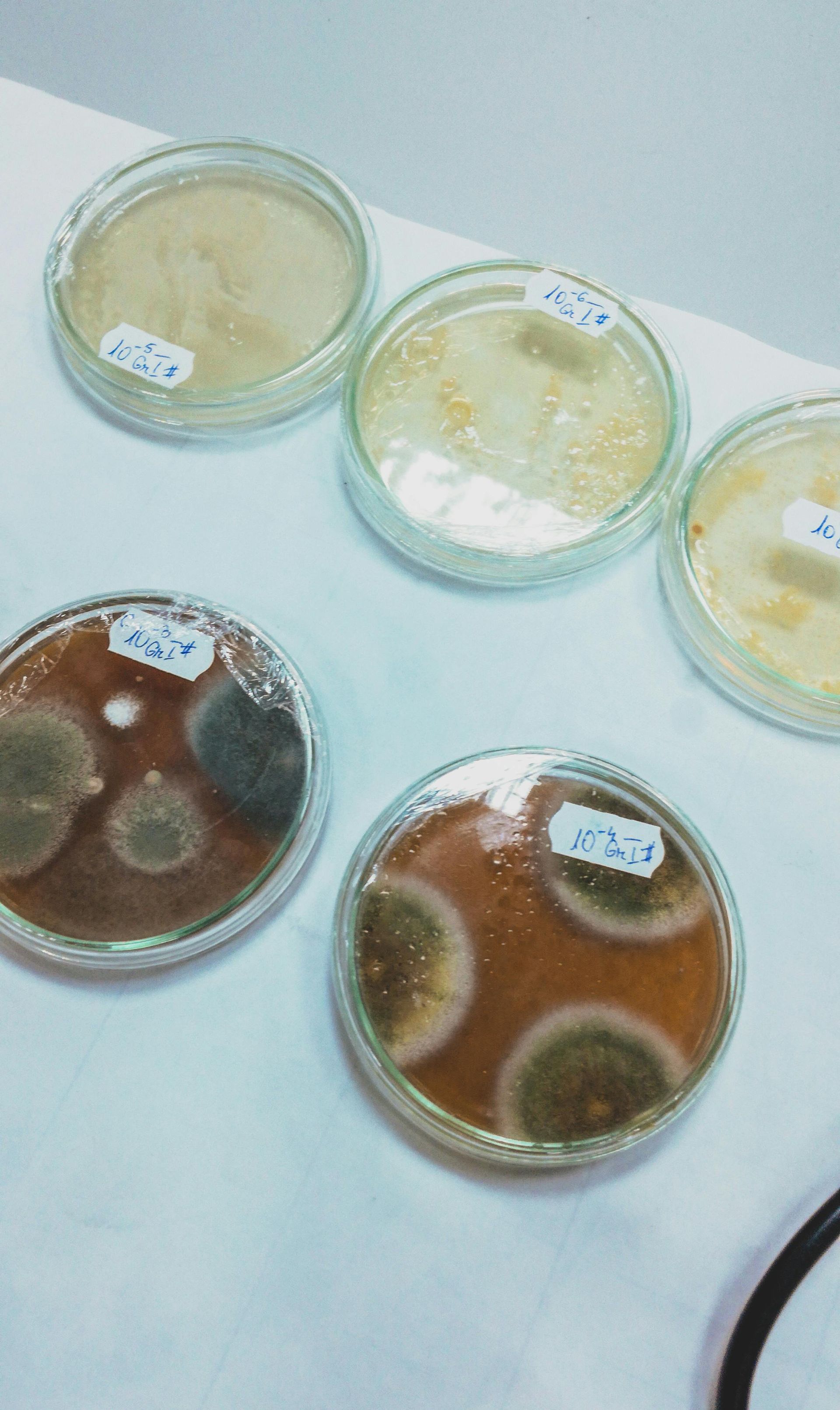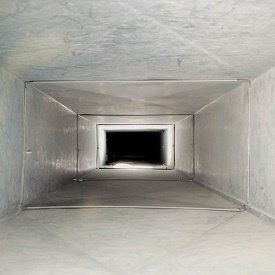Book Review: Surviving Mold by Dr. Ritchie Shoemaker
PowerBees would like to offer a review today of the excellent book “Surviving Mold: Life in the Era of Dangerous Buildings by Dr. Ritchie Shoemaker MD.” Following the publication of Mold Warriors in 2005, Surviving Mold is one of the definitive works that cover the medical aspects of mold illness, and also its connections to politics, lawsuits and science.
What was once an ill-defined chronic illness is now a widely publicized danger that most home buyers and potential tenants are aware of. Being that Dr. Shoemaker is a practicing physician and widely recognized expert on mold illness, he provides deep discussion of physiological impacts of mold illness with many example stories, cutting edge science, and criticism of some of the mishandling of mold-related illness that can happen in medicine, courtrooms, and government-assistance agencies.
Mold Causes Chronic Illnesses
Dr. Shoemaker recommends that if you or someone you know has an ill-defined chronic illness, find out if there is exposure to musty basements, bathrooms, leaky roofs, flat-roofed schools, office buildings with re-circulated air, or buildings with construction defects. Dr. Shoemaker’s experience with 6000 patients from 50 states and 30 foreign countries helps him to offer practical steps that can guide anyone suffering from potential mold-related illness through the entire process, from diagnosis and medical treatments through mold remediation services like those offered by PowerBees.
Overall, PowerBees feels that Surviving Mold: Life in the Era of Dangerous Buildings to be a great read with a lot of valuable information. For anyone interested in the physiological effects of mold, or some of, PowerBees recommends Dr. Shoemaker’s book. If you think you may have a mold problem in your home that is making you sick, contact our professional mold removal company for mold testing services to have a licensed and certified inspector determine if your home needs mold remediation services.



















